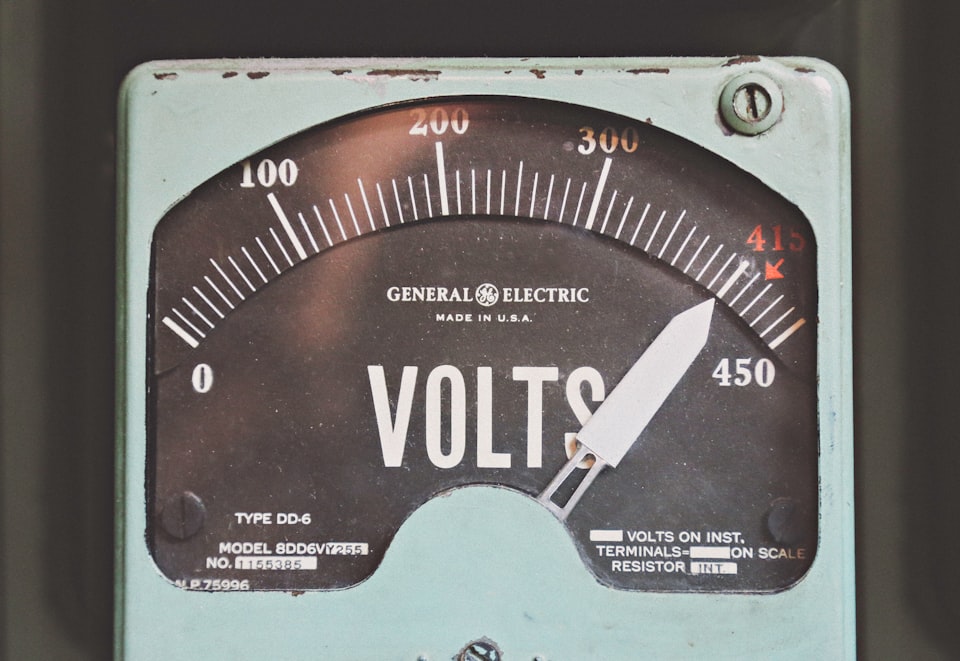Electrical Challenges

Back in Starting Electrical, I wrote about a simple solution to getting some power deployed in my van. This was excellent, as it gave me the ability to practically measure how I really used power with some test trips.
What I discovered was what I needed wasn't necessarily a massive battery bank, but the ability to efficiently use that bank. This efficiency comes in three parts. In this post, I'll discuss the challenges that came from the portable battery solution.
Part One: Efficient Usage
Most of these "Solar Generator" devices have an internal Lithium battery that operates at a voltage different from the ones you use on the front panel. Often this is 56 volts, but many others are popular as well. That means even highly efficient 12v appliances will be subjected to the voltage regulation circuitry of the pack. For most practical uses of these devices, that's fine. But for my application, that meant I would never see a battery life longer than about 12 hours.
Part Two: Efficient Charging
The particular packs I chose, although this is pretty common across the market, have a very slow charging rate. Ultimately, in a vehichle the fastest charge rate you're going to see for a portable device is about 120 watts but that number is often a lot closer to 40-60 watts. That means to charge the packs I had used for 12 hours and were now depleted would take over 6 hours of driving!
Part Three: Convenience
Most products in this market, due to their standby current usage, disable their ports once current draw is below a certain threshold for a period of time. That meant for my main critical load, the fridge, it would power off once the thermostat satisfied and never power back up. That meant I had to monitor the pack and make sure it was getting powered back up, and try and keep constant load draws connected even when they weren't required. Additionally, given the portable nature of the battery pack it was difficult to permanently install any auxilary chargers, solar panels, etc. so most charging was accomplished by removing the packs and plugging them in at home. That meant when loading up for a trip, I had to remember to grab the packs and re-install them into their respective homes which... I sometimes failed to do.